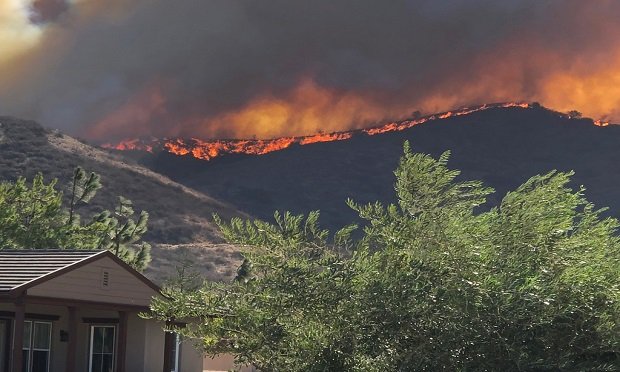 Insurers can ease confusion and help customers pick up the pieces after a wildfire. (Photo: ALM Media archives)
Insurers can ease confusion and help customers pick up the pieces after a wildfire. (Photo: ALM Media archives)
For many California residents affected by the state's deadliest and most destructive wildfire season in a century, the start of 2019 brought more confusion and frustration as they worked to put their lives back together.
The November 2018 fires claimed the lives of more than 100 people and consumed nearly 2 million acres, resulting in more than $11.4 billion in insured losses, according to the California Department of Insurance. Of the 46,000-plus claims filed, more than 13,000 insured homes and businesses suffered a total loss.
Recommended For You
Want to continue reading?
Become a Free PropertyCasualty360 Digital Reader
Your access to unlimited PropertyCasualty360 content isn’t changing.
Once you are an ALM digital member, you’ll receive:
- Breaking insurance news and analysis, on-site and via our newsletters and custom alerts
- Weekly Insurance Speak podcast featuring exclusive interviews with industry leaders
- Educational webcasts, white papers, and ebooks from industry thought leaders
- Critical converage of the employee benefits and financial advisory markets on our other ALM sites, BenefitsPRO and ThinkAdvisor
Already have an account? Sign In Now
© 2025 ALM Global, LLC, All Rights Reserved. Request academic re-use from www.copyright.com. All other uses, submit a request to [email protected]. For more information visit Asset & Logo Licensing.








